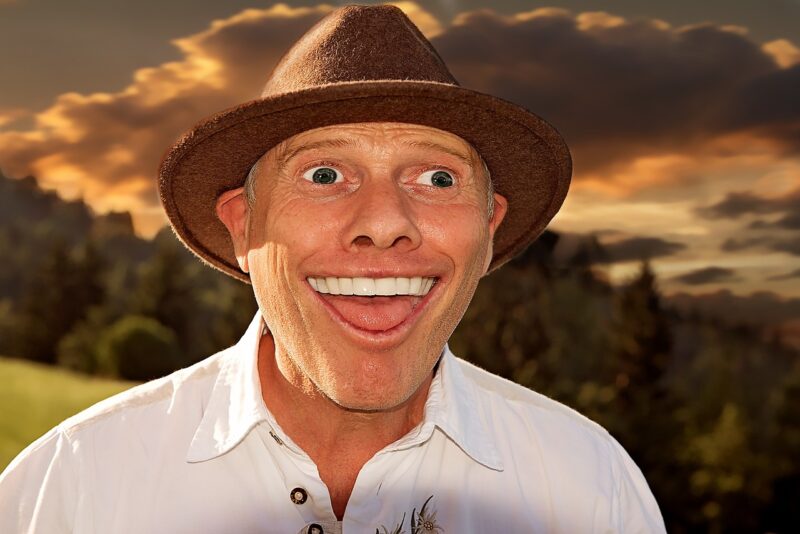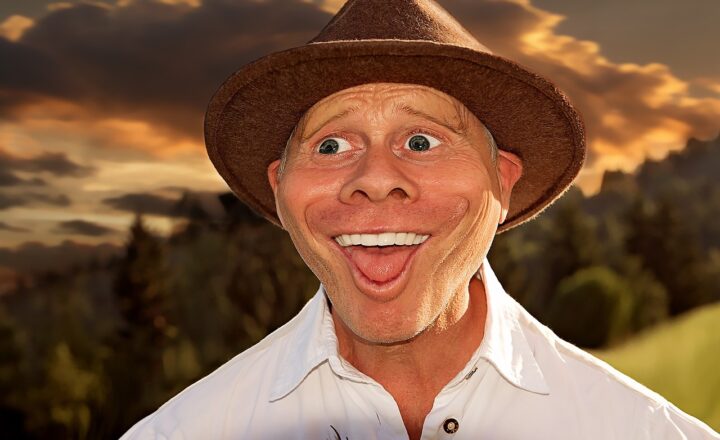Cartoon Catastrophes: The Most Controversial Moments in Animated History
November 18, 2024

Animation has always held a special place in pop culture, captivating audiences of all ages. However, alongside beloved characters and heartwarming stories, the world of animation has faced its share of controversies. From offensive stereotypes to political backlash, the industry has seen moments that sparked outrage and passionate debates.
1. The Cultural Missteps of Disney Characters
When discussing controversial moments in animation, Disney often comes to mind. For instance, in the 1992 animated classic *Aladdin*, the opening song featured lyrics that portrayed Middle Eastern culture in a stereotypical manner, prompting significant backlash from Arab-American groups. Critics described the portrayal as “a copy of the Western stereotypes about the East,” which led to a reel of cultural insensitivity.
Another misstep occurred with *Dumbo* (1941), where the crows in the movie were voiced by white actors portraying black stereotypes, leading to accusations of racism and perpetuation of harmful images.
Both examples demonstrate how animation can serve as a mirror to societal prejudices, revealing the need for greater cultural sensitivity in storytelling practices.
2. Looney Tunes and the Depiction of Violence
Looney Tunes, with its slapstick humor and outrageous antics, has paved the way for many beloved characters. However, its strikingly violent humor has also raised eyebrows over the decades.
One notable instance is the infamous *Bugs Bunny* and *Daffy Duck* cartoon titled *Duck! Rabbit, Duck!*, where the relentless violence present sparked questions about the appropriateness of such scenes for children. Activists argued that these portrayals could desensitize young viewers to real-life aggression, igniting debates about the responsibility of animators when depicting violence.
Even in modern settings, the recurrent themes of violence in certain cartoons continue to stir debate among parents and educators, sparking concerns for younger audiences.
3. The Simpsons: A Mirror of Society or A Tool of Controversy?
The animated series *The Simpsons* has often held a reputation for pushing boundaries with its satire and humor. One of its most controversial moments arose in 2000 when the episode “The Front” introduced a character named Apu Nahasapeemapetilon, voiced by Hank Azaria, who was seen as a stereotype of South Asian Americans.
In 2017, outcries from audiences and activists reignited the controversy surrounding Apu, with critics arguing that the character perpetuated negative stereotypes. The situation escalated to the point where it led to documentaries and discussions, including the film *The Problem with Apu*, which focused on the impact of this character on South Asian representation.
The debate continues as viewers weigh the importance of humor and satire against the potential harm of stereotyping.
4. Controversial Themes in Adult Animation
As adult-themed animations gain popularity, a new breed of controversies has emerged. *Family Guy* and *South Park* are notorious for their shocking takes on various sensitive subjects.
One particularly polarizing episode of *South Park*, titled “Super Best Friends,” tackled religious figures in a blasphemous manner, leading to public outcry and even death threats against the creators. The decision to depict the Prophet Muhammad was surrounded by a layered debate concerning free speech and respect for religious beliefs.
Furthermore, the adult animated series *Bojack Horseman* delicately navigated through topics like mental health, addiction, and sexual abuse. While it received praise for its raw portrayal of depression, the sheer heaviness of subjects raised questions about the appropriateness of such critical themes within animated formats.
5. The Rise of Streaming Platforms and Censorship
The advent of streaming platforms such as Netflix has also reshaped how audiences consume animated content and how the platforms approach potentially controversial material. In 2020, *The Simpsons* faced criticism for its portrayal of racial stereotypes, leading to the decision to alter certain portrayals on the streaming service.
Another example is *Dora the Explorer*, where in some versions, instances of cultural appropriation saw edits or complete removal in light of changing societal values. This implies a trend towards increased sensitivity over time, but it has also led to questions about censorship and the loss of artistic expression.
As animated content continues to evolve, audiences grapple with reconciling freedom of creative expression against considerations for cultural sensitivities.
Conclusion: Striking a Balance in Animation
Animation possesses the power to move, shape opinions, and challenge societal norms, but this power comes with great responsibility. As we explore the “Cartoon Catastrophes” of the past, it becomes evident that addressing controversial issues is crucial for the growth of the industry.
Striking the right balance between creativity, humor, and cultural sensitivity is essential for animators in shaping future tales. While the past is littered with controversies that sparked debates, it is the ongoing discourse about inclusivity and representation that will ultimately lead to better animated storytelling for all.
In the end, animation is not just a reflection of society; it shapes it. Understanding past missteps paves the way for a brighter, more inclusive future in animated storytelling.








